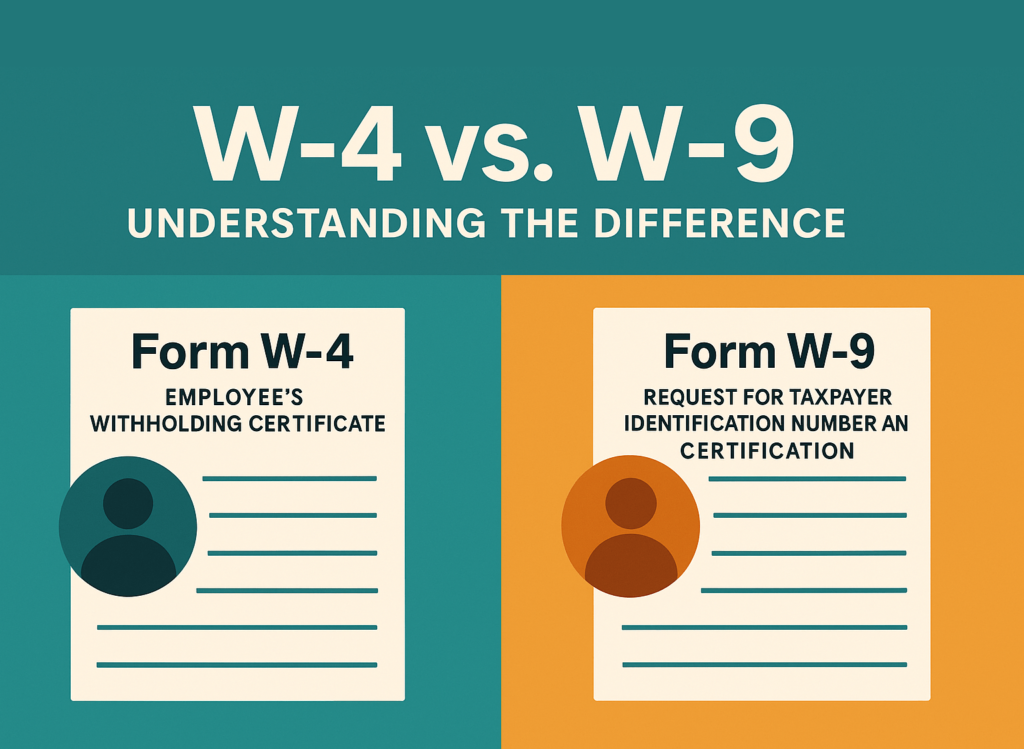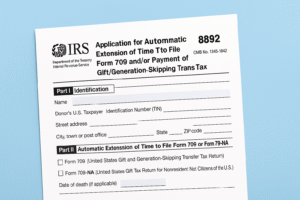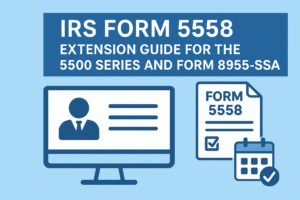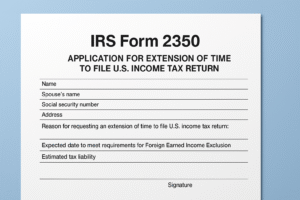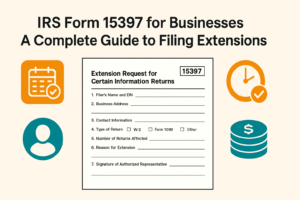When hiring workers or managing tax forms, two common IRS documents come up: Form W-4 and Form W-9. Though they seem similar, they serve very different purposes—and using the wrong one can result in tax complications or even IRS penalties.
In this guide, we’ll clearly explain what each form is for, who should fill it out, deadlines to submit them, what happens if you don’t furnish them, and real-world examples to help you fully understand the difference.
What Is the Difference Between Form W-4 and Form W-9?
Form W-4 is filled out by employees to inform their employer how much federal income tax to withhold from their paychecks.
In contrast, Form W-9 is filled out by independent contractors or vendors to provide their Taxpayer Identification Number (TIN) to the business that pays them, so it can report payments to the IRS.
W-4 is for tax withholding purposes, while W-9 is for 1099 information reporting. Choosing the right form depends entirely on the nature of the working relationship.
What Is Form W-4?
Form W-4, also known as the Employee’s Withholding Certificate, is completed by employees when they start a new job. It tells their employer how much federal income tax to withhold based on personal financial details.
Key Features:
- Who fills it out? Employees (not contractors or freelancers)
- Purpose: To instruct employers on how much tax to withhold
- Submitted to: The employer (not the IRS)
- When required: At the time of hire or after a life change (marriage, new child, second job, etc.)
What Does W-4 Include?
- Filing status (e.g., Single, Married, Head of Household)
- Number of dependents
- Additional income from side jobs or investments
- Optional extra withholding
Why It Matters:
The W-4 ensures the correct amount of tax is withheld. Under-withholding can result in tax bills or penalties, while over-withholding reduces take-home pay unnecessarily.
What Is Form W-9?
Form W-9, titled Request for Taxpayer Identification Number and Certification, is used by businesses to collect tax identification info from freelancers, contractors, or vendors. It is required for preparing Form 1099-NEC.
Key Features:
- Who fills it out? Independent contractors, freelancers, vendors, and certain business entities
- Purpose: To provide SSN or EIN for tax reporting
- Submitted to: The payer/client (not the IRS)
- When required: Before payment or when requested by the payer
What Does W-9 Include?
- Legal name and business name (if applicable)
- Federal tax classification (individual, LLC, partnership, etc.)
- SSN or EIN
- Certification signature
Why It Matters:
Without a completed W-9, the payer cannot issue accurate 1099 forms and may be forced to withhold 24% in backup withholding on payments.
W-4 vs. W-9: Key Differences
| Feature | Form W-4 | Form W-9 |
| Who fills it out? | Employees | Independent contractors or vendors |
| Purpose | To guide income tax withholding | To provide TIN for IRS tax reporting |
| Submitted to | Employer | Payer or client |
| IRS Filing? | No | No |
| Used for | W-2 wage reporting | 1099-NEC income reporting |
| Tax withholding? | Yes | No (unless subject to backup withholding) |
Real-Life Examples: Who Should Fill Out Which Form?
Example 1: School Teacher (W-4)
Amanda is hired as a full-time teacher. As an employee, she fills out Form W-4 so her school can withhold the correct amount of tax from her paycheck.
Example 2: Freelance Designer (W-9)
Kevin, a freelance graphic designer, is paid $2,000 by a tech startup. Before payment, he completes Form W-9 to provide his SSN for the company’s 1099-NEC reporting.
Example 3: One-Time Contractor (W-9)
Mike, a handyman, is hired for a one-day job. Since he’s not on payroll, the business asks for his Form W-9 to properly report the payment.
Example 4: Office Assistant (W-4)
Lena joins a company as a full-time admin assistant. She submits Form W-4 so the payroll system withholds the right amount of taxes from her checks.
Furnishing Deadlines for W-4 and W-9
Form W-4 Deadlines
- Employees must complete W-4 by their first day of employment.
- Employers must implement the new W-4 within 30 days.
- Updates are needed whenever personal or financial situations change.
Form W-9 Deadlines
- Contractors must furnish Form W-9 before receiving payment.
- Businesses should collect it before year-end to issue 1099s on time.
- If the IRS notifies about backup withholding, a valid W-9 must be provided within 30 days.
Penalties for Not Furnishing Form W-4 or W-9
Failing to furnish the correct form can lead to withholding issues, penalties, and audit risks.
Form W-4 Penalties
- If an employee fails to submit W-4, the employer must withhold taxes as if the person is “Single with no adjustments.”
- Submitting false info on W-4 may lead to a $500 penalty.
- Employers who ignore IRS lock-in letters may face compliance penalties and audits.
Form W-9 Penalties
- Failure to provide a valid W-9 can trigger 24% backup withholding on all payments.
- Payers who don’t collect W-9 may owe backup withholding from their own funds.
- The IRS may impose:
- $60–$310 per incorrect/missing 1099
- $280 per incorrect W-9
- Interest, fines, and higher audit risk
FAQs
Do I need to send W-4 or W-9 to the IRS?
No. Both forms are kept on file by the employer or payer and not submitted to the IRS directly.
What if a contractor refuses to fill out Form W-9?
You must withhold 24% backup withholding from their payments and report it to the IRS.
Can someone fill out both forms?
Only if they are acting in two separate capacities (as an employee and an independent contractor), which is rare and must be handled carefully to avoid misclassification.
Final Thoughts: Use the Right Form for the Right Worker
Choosing between Form W-4 and Form W-9 depends entirely on the working relationship:
- If the person is your employee → Use Form W-4
- If the person is a contractor or vendor → Request Form W-9
These forms may seem simple, but they’re foundational to tax compliance. Failing to collect or furnish the correct form could result in IRS penalties, payment delays, or misclassification issues.

